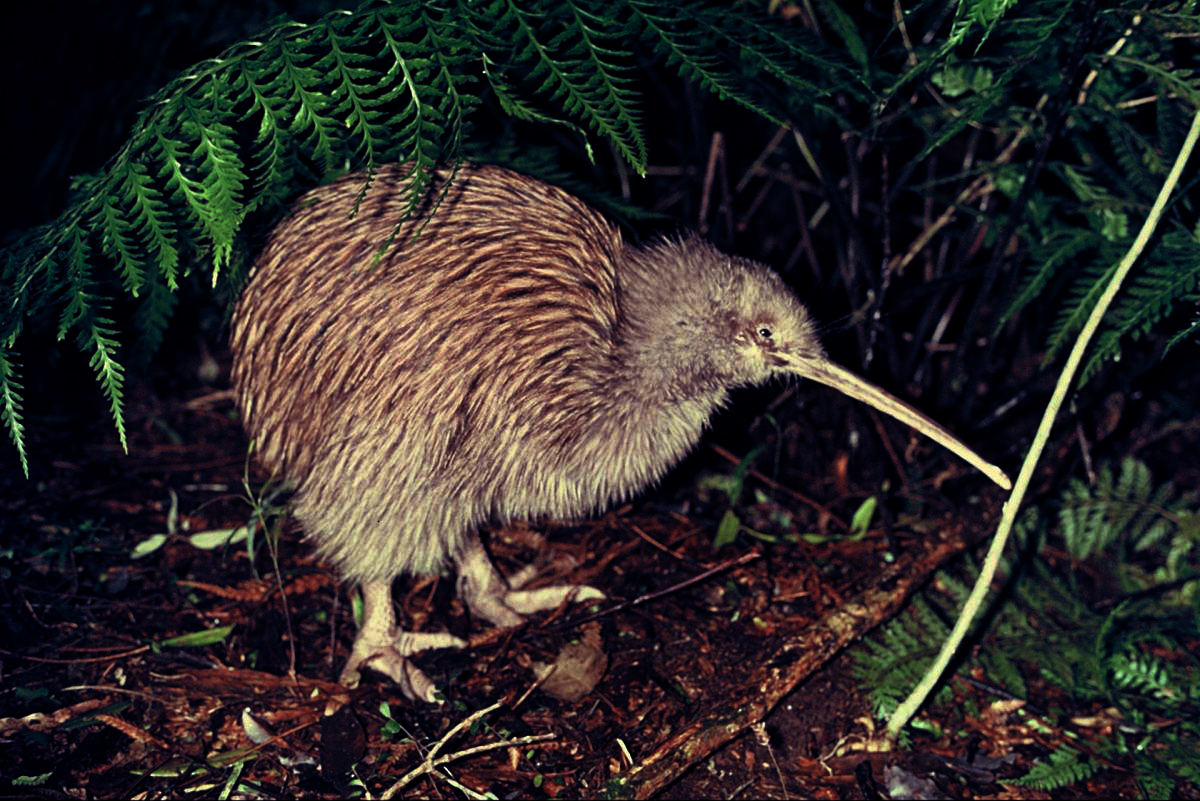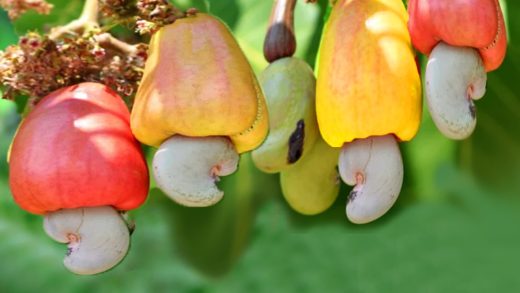In the lush forests of New Zealand, a peculiar and delightful creature roams under the cover of night. The kiwi bird, a national symbol of New Zealand, is not just a point of cultural pride but an ecological marvel. This flightless jpslot bird, with its shaggy brown feathers, long beak, and endearing personality, has fascinated bird enthusiasts and conservationists around the world. Let’s delve into the world of the kiwi bird, exploring its unique characteristics, the challenges it faces, and the efforts to ensure its survival for generations to come.
Introduction to the Kiwi Bird: New Zealand’s Nighttime Phantom
Page Contents
- 1 Introduction to the Kiwi Bird: New Zealand’s Nighttime Phantom
- 2 Understanding Kiwi Bird Biology and Behavior
- 3 The Kiwi Bird in Maori Culture
- 4 Threats to the Kiwi Bird Population
- 5 Conservation Efforts: Saving the Kiwi Bird
- 6 The Future of the Kiwi Bird: Prospects and Challenges
- 7 Conclusion: Embracing the Kiwi Bird Legacy
- 8 Author

The kiwi bird, belonging to the family Apterygidae, is an evolutionary wonder, having adapted to life on the ground with a set of distinct characteristics that differentiate it from any other bird species globally. With its small eyes and poor vision, the kiwi bird relies on a highly developed sense of smell, unusual in birds, which is aided by nostrils located at the tip of its beak.
Understanding Kiwi Bird Biology and Behavior
Unique Physical Traits
The kiwi bird’s anatomy sets it apart. Lacking the keel on the sternum where flight muscles would typically attach, the kiwi is instead equipped with powerful legs. These legs make up a third of its body weight and allow the kiwi to navigate through dense underbrush and dig burrows for nesting. Additionally, the kiwi bird lays the largest egg in relation to its body size of any bird in the world, a phenomenon that continues to intrigue scientists.
Nocturnal Lifestyle
Kiwi birds are primarily nocturnal, coming out at night to feed. They use their keen sense of smell to locate worms, insects, and berries on the forest floor. The kiwi’s whisker-like feathers around the face help it navigate the undergrowth in the dark, sensing obstacles and food sources.
The Kiwi Bird in Maori Culture
A Symbol of the Land
To the Maori, the indigenous people of New Zealand, the kiwi bird is more than just wildlife; it is a taonga (treasure). The kiwi is intricately woven into their folklore, art, and even spirituality, regarded as a protector of the forest. Tribes use the kiwi bird as a motif in carvings and storytelling, emphasizing its importance in Maori culture and heritage.
Conservation as Cultural Preservation
The preservation of the kiwi bird is seen not only as a conservation effort but also as a crucial part of maintaining Maori heritage. This perspective has inspired numerous collaborations between the government, conservation groups, and Maori communities aiming to protect and rejuvenate kiwi populations.
Threats to the Kiwi Bird Population
Predators and Habitat Loss
The introduction of predators such as stoats, dogs, and cats has severely impacted kiwi populations. These predators often target eggs and young birds, significantly reducing survival rates. Habitat destruction through logging and urban expansion further complicates the conservation efforts, as kiwi birds lose their natural homes and food sources.
Health Challenges
Kiwi birds are susceptible to diseases both common and rare, which can spread quickly through populations. Efforts to manage these diseases are critical to the survival of the species, involving monitoring health in wild populations and implementing management strategies for disease outbreaks.
Conservation Efforts: Saving the Kiwi Bird

National and International Support
New Zealand has made significant strides in kiwi conservation, with initiatives such as Kiwi Recovery Programmes and the involvement of the Department of Conservation (DOC). Internationally, zoos and wildlife organizations contribute to breeding and research programs to better understand the needs of kiwi birds and how best to support their populations in the wild.
Community Involvement
One of the most heartening aspects of kiwi conservation is the high level of community involvement. “Kiwi Guardians” programs encourage children and families to engage in conservation activities. Local groups often participate in egg rescue operations, habitat restoration projects, and predator control initiatives, showing a nationwide commitment to saving this unique species.
Advances in Technology
Conservationists employ modern technology to protect the kiwi bird, including GPS tracking devices to monitor their movements and smart eggs that help study incubation patterns. These technological tools provide valuable data that can be used to enhance survival rates and understand behavioral patterns more deeply.
The Future of the Kiwi Bird: Prospects and Challenges
The path forward for kiwi conservation is filled with both hope and hurdles. As New Zealanders and the global community become more aware of the kiwi bird’s plight, support for conservation initiatives grows. However, the challenges of climate change, ongoing predator threats, and habitat encroachment continue to pose significant risks.
Conclusion: Embracing the Kiwi Bird Legacy
The kiwi bird, with its distinctive characteristics and deep cultural significance, continues to be a source of fascination and inspiration. By understanding more about this unique bird, supporting conservation efforts, and respecting its place in the ecosystem, we can ensure that the kiwi bird thrives. Celebrating the kiwi bird is not just about preserving a species but about honoring a national identity and the biodiversity that makes our world rich and varied.





Comments are closed.